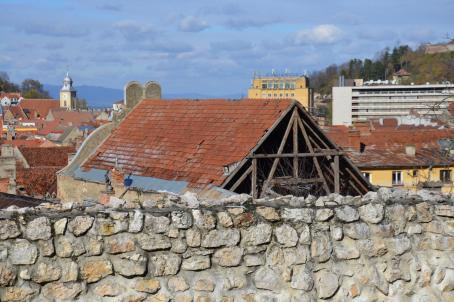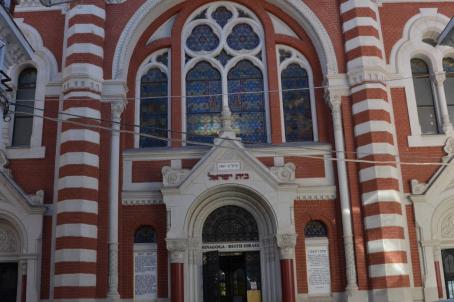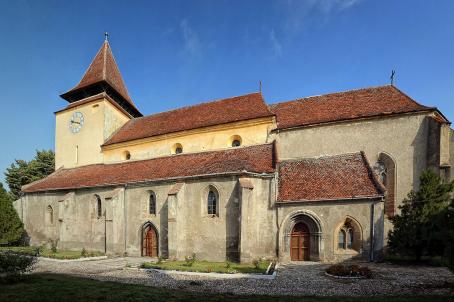Black Church (Biserica Neagra)
The most important church of the Gothic period in Transylvania is a result of several alterations of the two preceding churches, the first Romanesque building being destroyed by an earthquake. Apart from the architectural importance of the church this is the place where the first protestant service in German language was held in 1642, this being the starting point for the reformation which was to spread throughout Transylvania. Several earthquakes during the 16th and 17th Century demanded renovation and structural support of the vaults and walls. Also the second originally planned tower at the western facade was not constructed due to the danger of earthquakes. But the heaviest damage of the church happened during the Great Fire of 1689, when it burned down completely, followed by the collapse of the vaults.
Since the reconstruction works which lasted until 1772, a composition of baroque and Gothic elements hence shaped the interior of the hall church. Further renovation works, completed 1999, changed the outside appearance by cleaning the sandstone, thus making the name “black church” history. The facades show a rich decor of ornamental and figurative sculpture of sandstone, some of them having been replaced by copies to protect them from air pollution. One can see the originals inside the church. On the interior walls there is a display of 104 oriental carpets that were brought to Transylvania through the broad trade relations of the Saxon merchants to the Middle East. They were given to the parish on the occasion of festivities and since then kept and cared for during the centuries.
About this building
For more information visit on this building visit https://kirchenburgen.org/en/location/kronstadt-brasov/






